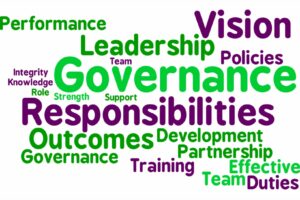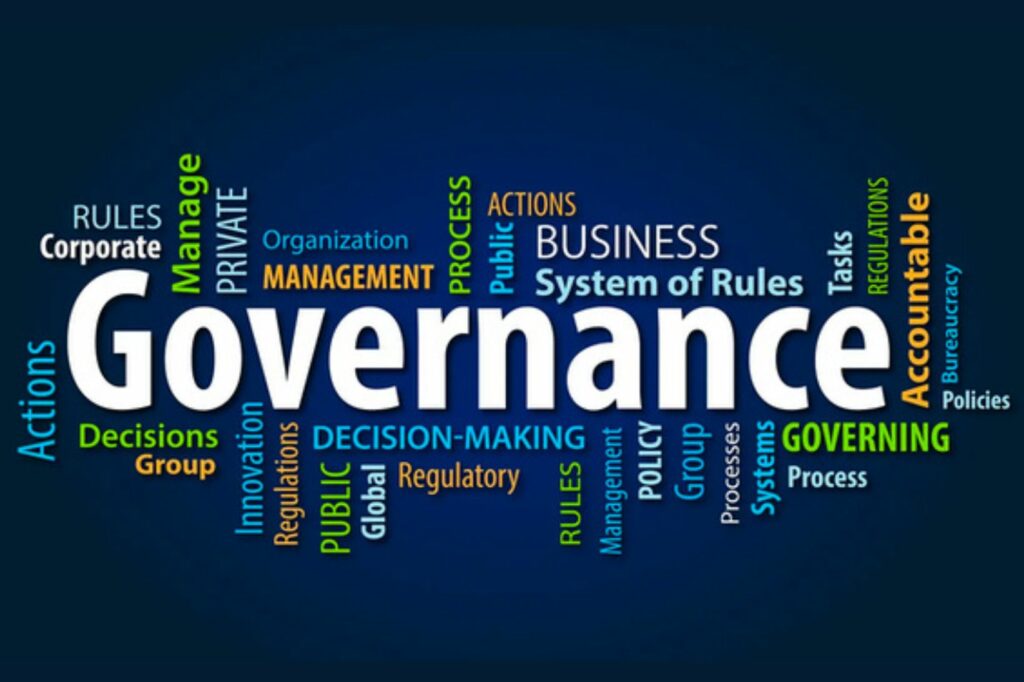In an increasingly interconnected world, the traditional top-down approach to governance is being reimagined. Collaborative governance emerges as a dynamic framework where public, private, and civil society sectors work together to solve complex issues. This model fosters inclusivity and harnesses diverse perspectives, leading to more effective and sustainable solutions.
By engaging multiple stakeholders, collaborative governance breaks down silos and encourages transparency and accountability. It’s not just about sharing power but about creating a space where different voices contribute to decision-making processes. This approach is particularly vital in addressing challenges that no single entity can tackle alone, such as climate change, public health, and urban development.
Collaborative Governance
Collaborative governance brings together diverse sectors to address complex community issues. It emphasizes shared decision-making for more comprehensive solutions.
Definition and Key Concepts
Collaborative governance refers to involving multiple stakeholders, including public, private, and civil society, in decision-making processes. This model incorporates inclusivity by engaging various parties and encourages transparency through open dialogue. Accountability gains strength as stakeholders share responsibilities. It contrasts with traditional governance by promoting equal participation and leveraging different expertise.
Importance in Modern Governance
 In addressing today’s complex challenges, collaborative governance proves essential. Society faces intricate issues like climate change, public health crises, and urban development, needing diverse perspectives. By using this approach, governments ensure policies reflect varied interests, increasing policy effectiveness. Stakeholder engagement enhances trust and facilitates better implementation of decisions. Collaboration creates resilient communities capable of adapting to changing circumstances.
In addressing today’s complex challenges, collaborative governance proves essential. Society faces intricate issues like climate change, public health crises, and urban development, needing diverse perspectives. By using this approach, governments ensure policies reflect varied interests, increasing policy effectiveness. Stakeholder engagement enhances trust and facilitates better implementation of decisions. Collaboration creates resilient communities capable of adapting to changing circumstances.
Benefits of Collaborative Governance
Collaborative governance offers multiple advantages. By engaging various stakeholders, it creates opportunities for comprehensive solutions and builds stronger communities.
Enhanced Problem Solving
Diverse stakeholder participation enhances problem-solving. When public, private, and civil society sectors collaborate, they draw from a broad range of expertise and experiences. This diverse input enables comprehensive analysis, ensuring holistic solutions to complex issues. For instance, climate change mitigation requires coordinated efforts across sectors and disciplines to create effective policies.
Increased Trust and Legitimacy
Transparency and accountability in collaborative governance increase trust and legitimacy. Open dialogues and shared decision-making build stakeholder confidence in the process. When individuals and groups see their perspectives valued, their commitment to the implemented policies grows, enhancing legitimacy. In public health initiatives, involving community representatives fosters trust and improves policy acceptance and compliance.
Innovation in Policy Making
 Collaboration encourages innovative policy-making. By bringing together varied perspectives, new ideas emerge that might not arise in siloed environments. This collective creativity results in forward-thinking policies that adapt to evolving challenges. Urban development projects, for example, benefit from innovative strategies formed through cross-sector collaboration, leading to sustainable and inclusive urban growth.
Collaboration encourages innovative policy-making. By bringing together varied perspectives, new ideas emerge that might not arise in siloed environments. This collective creativity results in forward-thinking policies that adapt to evolving challenges. Urban development projects, for example, benefit from innovative strategies formed through cross-sector collaboration, leading to sustainable and inclusive urban growth.
Strategies for Effective Collaborative Governance
Effective collaborative governance requires strategic approaches to foster cooperation among diverse stakeholders. Critical strategies focus on building partnerships, enhancing communication, and rigorous assessment practices.
Building Strong Partnerships
Establishing strong partnerships involves identifying and aligning the interests of diverse stakeholders. Clear objectives guide collaborations and ensure a shared vision. Successful partnerships often include formal agreements like memorandums of understanding to delineate roles and responsibilities. Active engagement, through regular meetings and updates, fosters mutual trust and commitment.
Effective Communication Practices
Transparent communication is pivotal for collaborative governance. Establishing open channels for dialogue allows stakeholders to voice concerns and contribute ideas. Frequencies of updates, such as weekly or monthly, facilitate information flow and maintain engagement. Utilizing diverse communication tools, including virtual meetings and collaborative platforms, accommodates varying stakeholder needs and preferences.
Monitoring and Evaluation
 Ongoing monitoring and evaluation measure the effectiveness of collaborative initiatives. Setting clear metrics and benchmarks helps track progress and identify areas for improvement. Regular assessments, often yearly, ensure accountability and align actions with goals. Feedback loops, involving stakeholder input, guide iterative improvements and enhance overall governance efficiency.
Ongoing monitoring and evaluation measure the effectiveness of collaborative initiatives. Setting clear metrics and benchmarks helps track progress and identify areas for improvement. Regular assessments, often yearly, ensure accountability and align actions with goals. Feedback loops, involving stakeholder input, guide iterative improvements and enhance overall governance efficiency.
Sustainable Solutions
Collaborative governance represents a transformative approach to addressing complex societal challenges. By fostering inclusive participation and shared decision-making, it enhances problem-solving and builds trust among stakeholders. While challenges like power imbalances and resource constraints exist, strategic partnerships and effective communication can mitigate these issues. Through real-world examples, it’s evident that embracing diverse perspectives leads to innovative and resilient solutions. As communities navigate evolving challenges, collaborative governance stands out as a vital framework for sustainable and adaptive policy-making.



